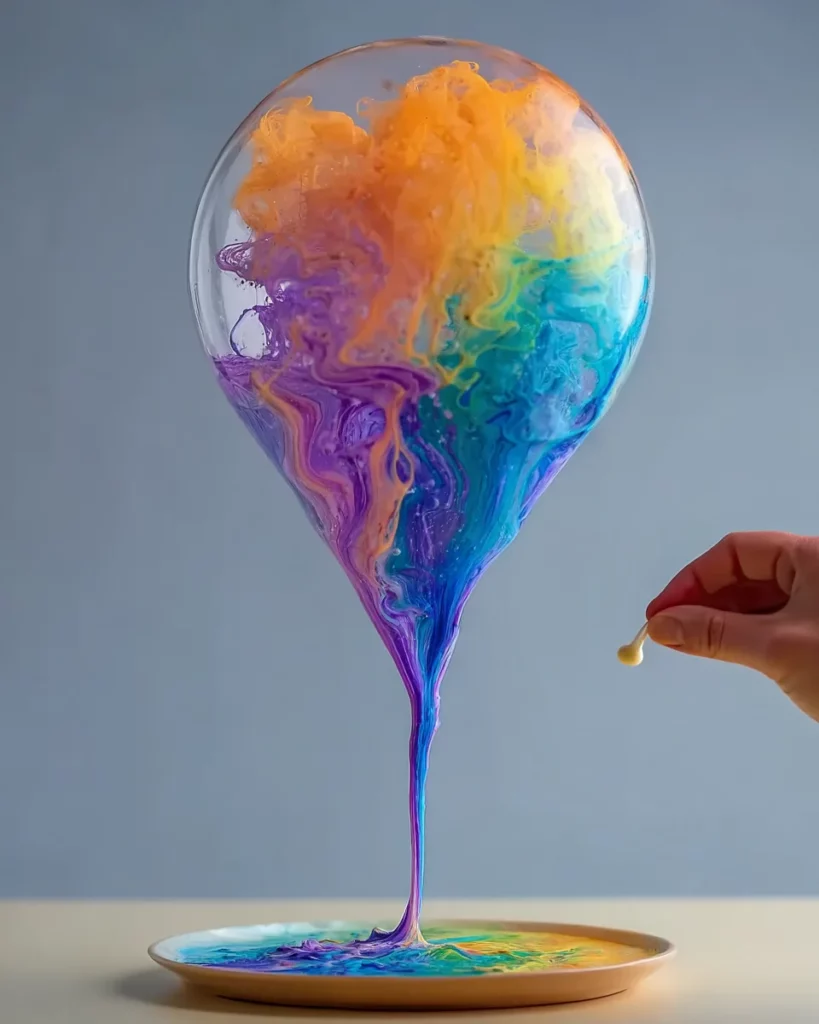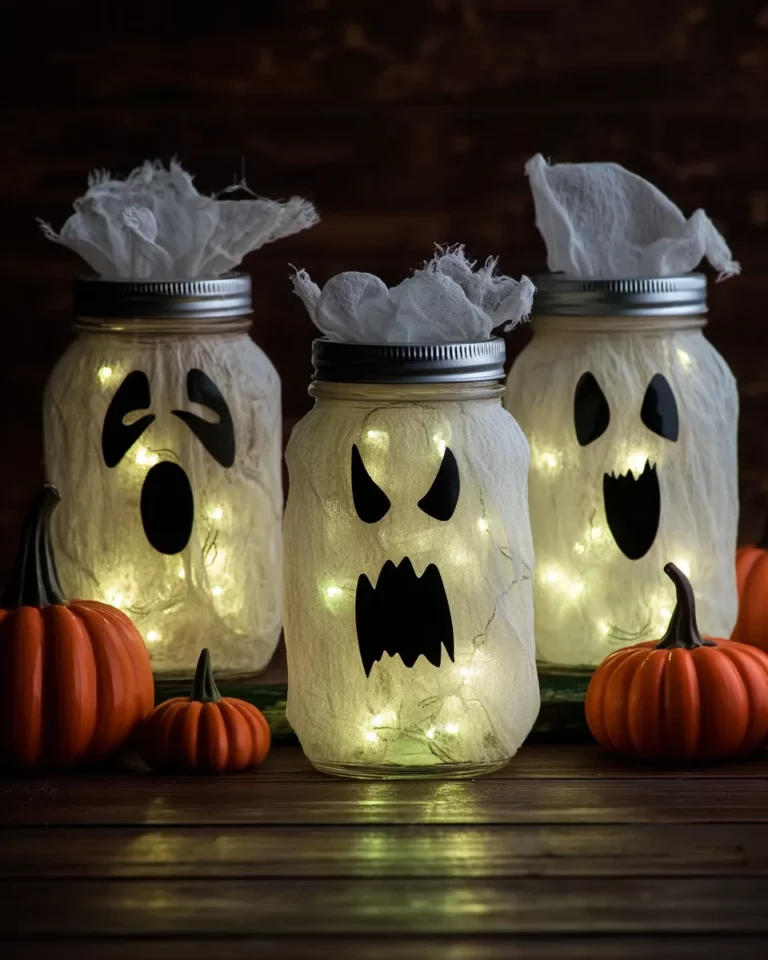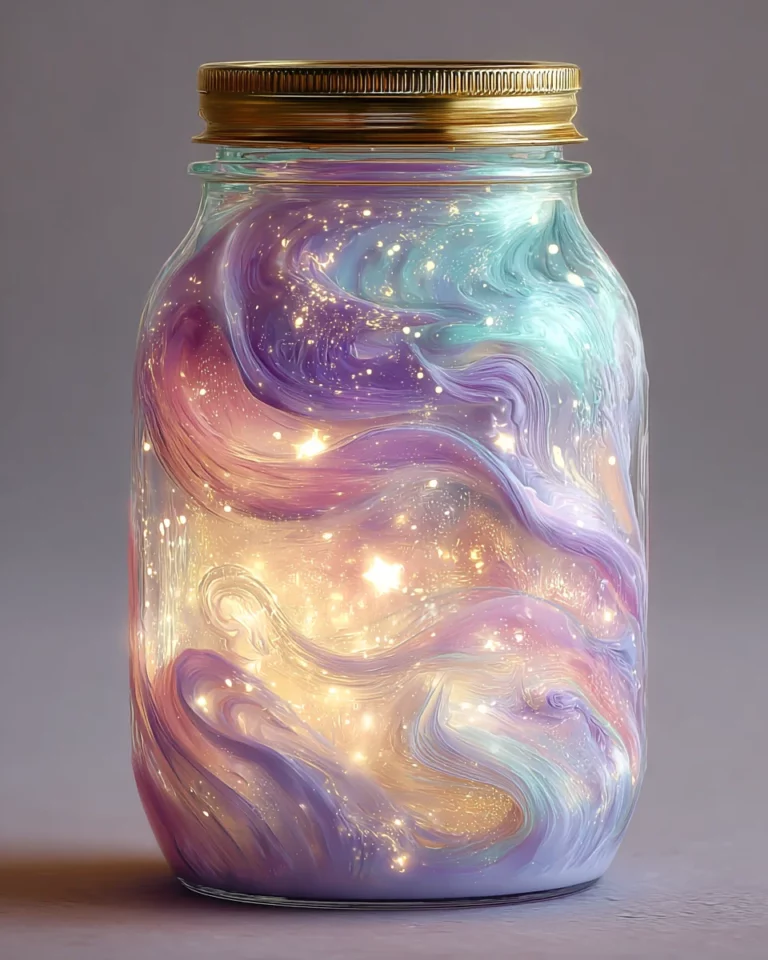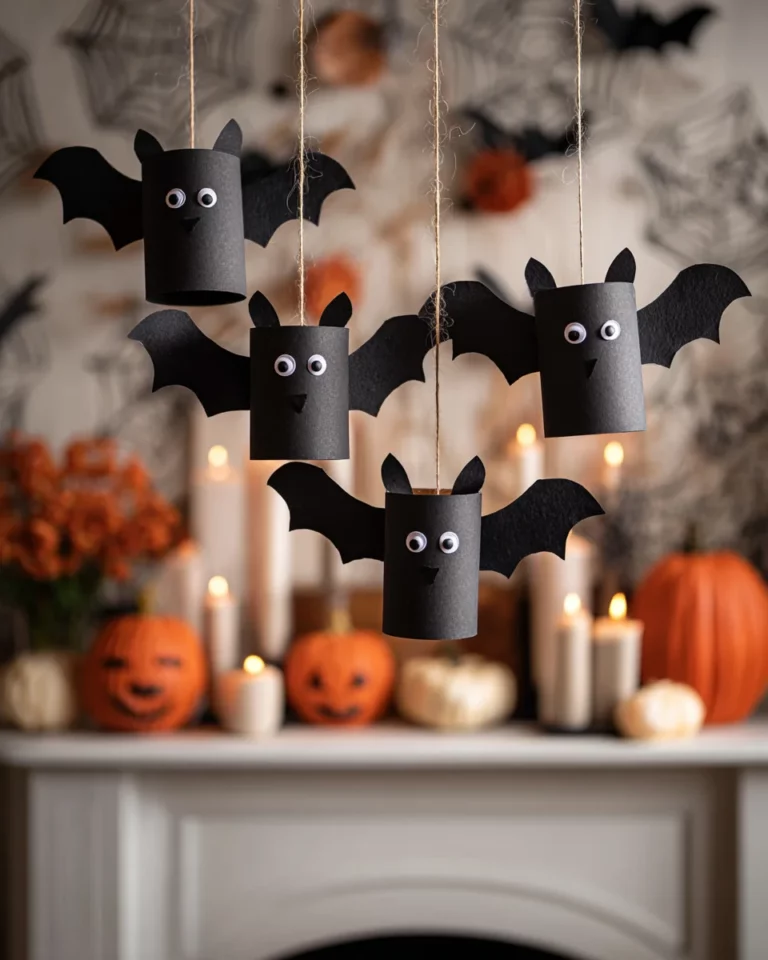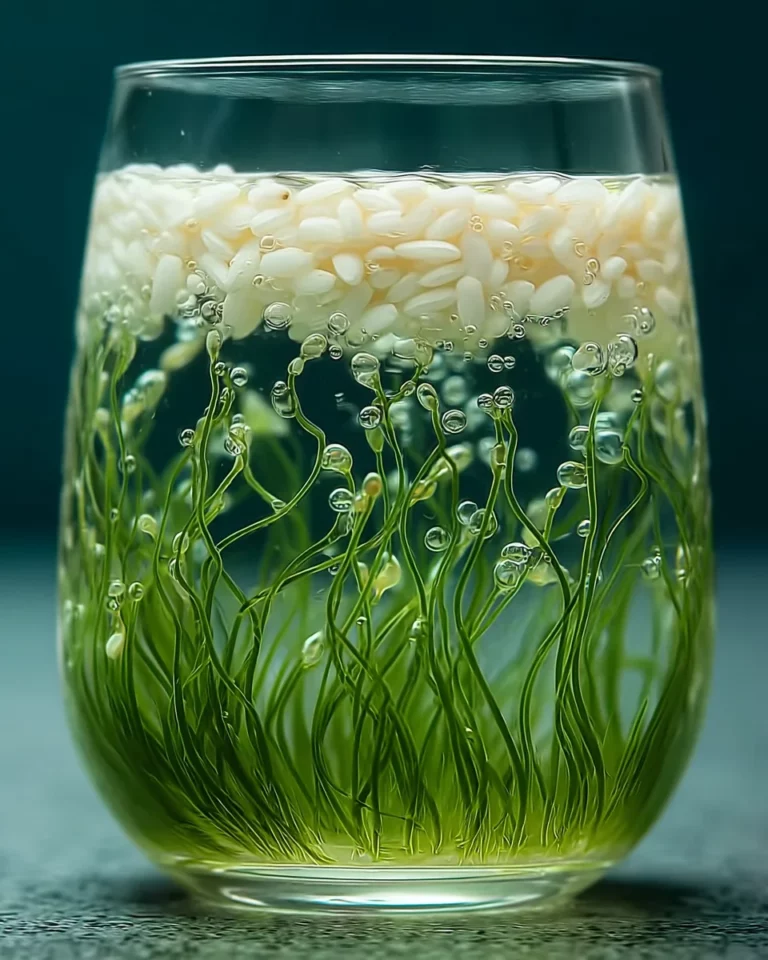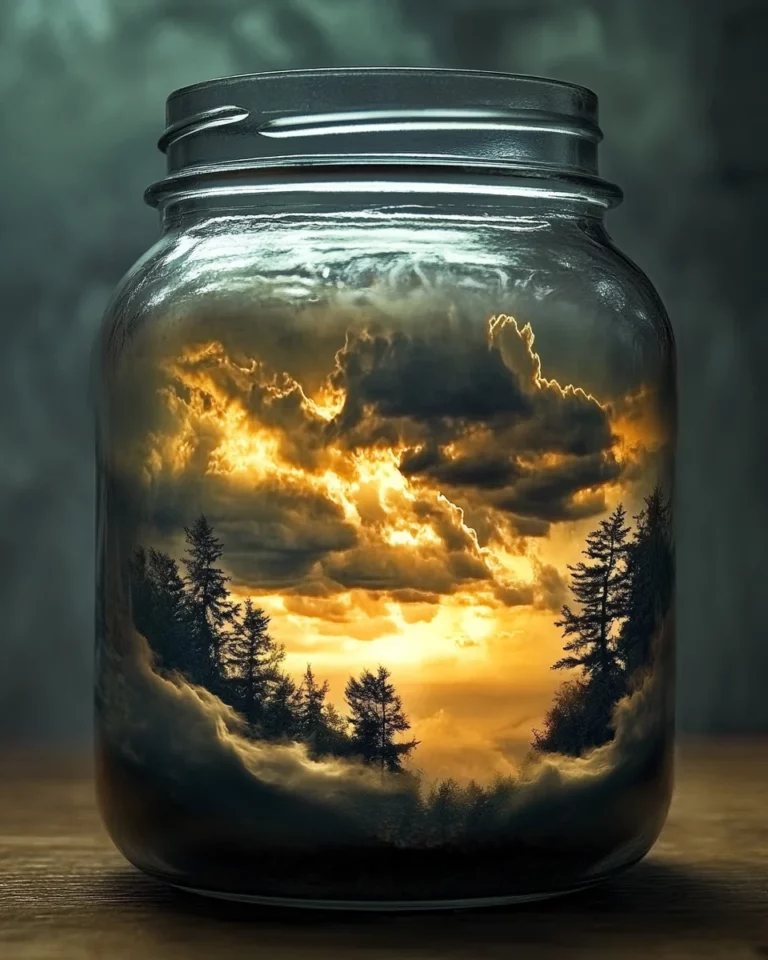Baking Soda Balloon Experiment: Unleash Fun Science Now!
Introduction to Baking Soda Balloon Experiment
Welcome to the wonderful world of science, where fun meets education! The Baking Soda Balloon Experiment is a delightful way to spark curiosity and inspire young minds. In just a few simple steps, you can transform an ordinary afternoon into a thrilling exploration of chemical reactions. This hands-on experiment captures the excitement of science, making it perfect for families and classrooms. As a busy mom, I know how precious time is, so let’s dive into an easy and engaging activity that promises smiles all around!
Why You’ll Love This Baking Soda Balloon Experiment
You’ll adore the Baking Soda Balloon Experiment because it’s incredibly easy to set up and execute, taking just a few minutes! The instant results will delight your little scientists as they watch the balloon inflate. This experiment not only captivates children’s imaginations but also fosters a love for science. Best of all, it’s a wonderful bonding activity that allows for laughter and learning together, making lasting memories along the way!
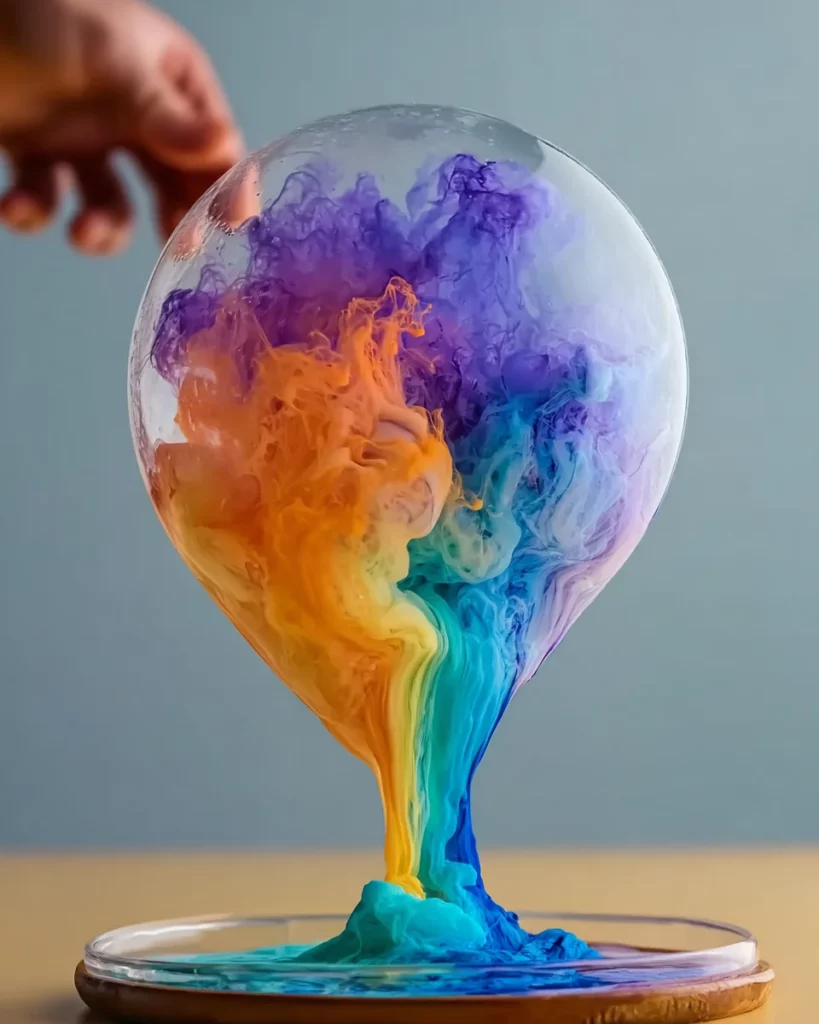
Ingredients for Baking Soda Balloon Experiment
Gathering the right ingredients is key for the Baking Soda Balloon Experiment. Here’s what you’ll need:
- 1 latex balloon (any color or size) – This will be your gas chamber, so pick a fun color!
- 1 small plastic bottle (like a used water bottle) – This is where the magic happens as the reaction unfolds.
- 2–3 tablespoons baking soda – This is our star ingredient, creating carbon dioxide gas with vinegar.
- ½ cup vinegar (white distilled works best) – The catalyst that sparks the fizzy reaction.
- Optional: A few drops of food coloring – Add a pop of color for visual appeal!
- Optional: Glitter or essential oils – Enhance the fun and creativity of your experiment.
You can find the exact quantities at the bottom for easy printing, so feel free to unleash your creativity with those optional ingredients!
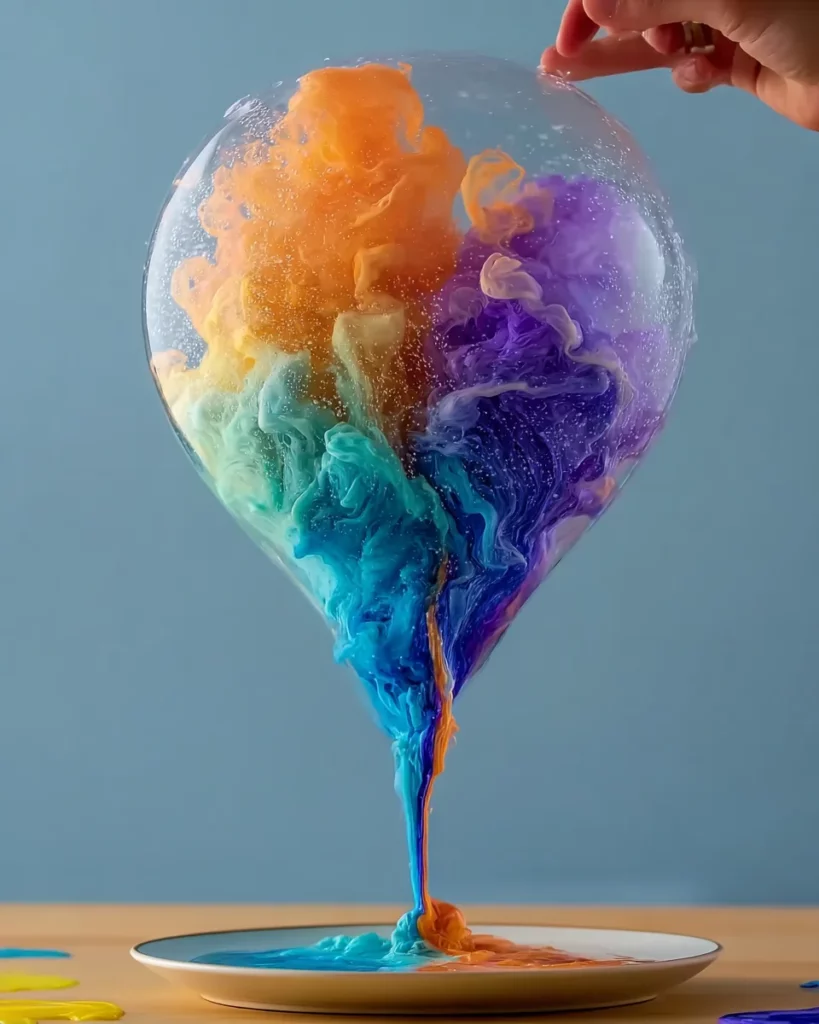
How to Make Baking Soda Balloon Experiment
Ready to dive into the Baking Soda Balloon Experiment? Let’s embark on this exciting journey of science together! Don’t forget to supervise younger kids for safety. Now, let’s break it down step-by-step!
Step 1: Prepare the Balloon
Stretch the Balloon
First, we need to prepare our latex balloon. Stretching the balloon gently is essential because it helps loosen up the material. When it’s soft, it’s easier to fill with baking soda later. Just like warming up before exercise, this makes the process smoother and prevents tears!
Step 2: Fill the Bottle
Adding the Vinegar
Next, take your small plastic bottle and pour in half a cup of vinegar. This ingredient is the secret sauce that sparks the fizzing explosion! The vinegar will react with the baking soda, creating carbon dioxide gas. If you want to make it even more fun, add a few drops of food coloring. Just imagine your balloon turning a vibrant shade as it inflates! You can also throw in a pinch of glitter or a drop of essential oil for some extra flair!
Step 3: Attach the Balloon
Secure the Balloon to the Bottle
Now comes the moment of truth! Carefully stretch the opening of the balloon over the mouth of the bottle. Ensure it fits snugly. Make sure the balloon is tilted to the side while you do this so the baking soda doesn’t fall into the vinegar just yet. If you’re doing this with kids, it can be easier with two people—one to hold the balloon and the other to pour!
Step 4: Trigger the Reaction
Tilting the Balloon
It’s time for the fun part! Lift the balloon upright, letting the baking soda tumble into the vinegar. Stand back and watch the magic happen! The reaction creates carbon dioxide gas, which quickly inflates the balloon. You might hear some fizzing sounds, which is just the delightful result of the reaction. Isn’t it thrilling to see science come to life so dramatically?
Step 5: Observe and Discuss
Engage in Scientific Exploration
As the balloon grows, take a moment to talk about what’s happening. Ask questions like, “Why do you think the balloon is inflating?” and “What gas is being produced?” This conversation can spark curiosity, turning the experiment into a learning moment. It’s fascinating to discuss how this simple baking soda and vinegar combo results in such a big reaction!
And just like that, you’ve completed the Baking Soda Balloon Experiment! Enjoy the sight of your inflated balloon, and remember to cherish this shared experience. It’s these little moments that bring joy and knowledge in equal measure!
Tips for Success
- Prepare all your ingredients and tools before starting for a smooth workflow.
- Supervise younger children closely, especially during the reaction phase.
- Ensure the balloon is fully stretched to avoid any mishaps during filling.
- Work in a well-ventilated area to enjoy the fizzy spectacle comfortably.
- Don’t be afraid to experiment with various colors or even scents!
Equipment Needed
- 1 small plastic bottle (like a used water bottle) – This is your base for the reaction.
- 1 funnel (or a makeshift funnel made from paper) – This helps to fill the balloon with baking soda easily.
- Measuring spoons – To ensure the right amounts of baking soda and vinegar.
Variations on the Baking Soda Balloon Experiment
If you’re looking to ramp up the excitement of the Baking Soda Balloon Experiment, consider these fun variations! Each twist can enhance engagement and delight curious minds, making the experiment even more memorable. Here are some ideas to spark your creativity:
- Glow-in-the-Dark Version: Add glow-in-the-dark paint or powder to the baking soda for a magical nighttime reveal. This makes for a captivating visual as the balloon inflates in the dark!
- Large-Scale Reaction: Use a bigger container and giant balloons! Just imagine the look on your child’s face when they see a massive balloon inflate before their eyes. This version is great for group activities or parties!
- Themed Color Experiments: Choose a theme for your colors! Celebrate a holiday by selecting colors that fit—red and green for Christmas, or pastel hues for Easter. Tie it into the teaching for added fun!
- Balloon Race: Set up a mini race by inflating multiple balloons at once. See which one inflates the fastest! It’s a great way to engage kids in friendly competition.
- Mixing Scents: Add a drop of essential oils to the vinegar for a delightful scent experience. Let your children choose their favorite fragrance to make the experiment even more personal.
- Experiment with Sizes: Try using mini balloons alongside larger ones. Each will react slightly differently based on size and volume, providing insights into how gas and space interact!
Feel free to mix and match these variations to create a unique experience that suits your family’s interests. The goal is to have fun while learning, so let your imaginations fly!
Serving Suggestions
While the Baking Soda Balloon Experiment doesn’t come with traditional servings, you can enhance the experience with some themed activities and snacks! Here are a few ideas to complement your scientific adventure:
- Host a science-themed party featuring fun experiments.
- Pair the experiment with popcorn or fun finger foods.
- Engage kids with science-themed trivia while they wait.
- Wrap up the day with a creative art project related to the experiment.
FAQs about Baking Soda Balloon Experiment
Here are some frequent questions I get about the Baking Soda Balloon Experiment. This will help ensure your experience is safe and educational for everyone involved!
Is this experiment safe for young children?
Absolutely! However, it’s crucial to supervise younger kids. The ingredients are non-toxic and safe, but adult supervision is always recommended during hands-on activities.
What science is happening here?
When baking soda (a base) reacts with vinegar (an acid), it produces carbon dioxide gas. This gas fills the balloon, demonstrating how chemical reactions create new substances.
What age is this experiment suitable for?
The Baking Soda Balloon Experiment is ideal for children ages 5 and up. Even younger ones can enjoy it with adult involvement!
By keeping these points in mind, you’re all set for a successful, fun-filled science adventure!
Final Thoughts
The Baking Soda Balloon Experiment is more than just a hands-on activity; it’s a joyful exploration of science in action. Watching the balloon inflate while bubbling and fizzing is a delightful experience that captivates both kids and adults alike. I cherish moments like these spent with family, where laughter and learning mingle to create lasting memories. So gather your loved ones, dive into this experiment, and celebrate the wonders of science together. Remember, it’s not just about the outcome but the shared joy of discovery that makes these moments so special!
Print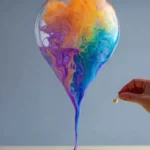
Baking Soda Balloon Experiment
- Total Time: 10 minutes
- Yield: 1 balloon 1x
- Diet: N/A
Description
A fun and educational science experiment that uses baking soda and vinegar to inflate a balloon, demonstrating a chemical reaction and gas production.
Ingredients
- 1 latex balloon (any color or size)
- 1 small plastic bottle (like a used water bottle)
- 2–3 tablespoons baking soda
- ½ cup vinegar (white distilled works best)
- Optional: A few drops of food coloring
- Optional: Glitter or essential oils
Instructions
- Prepare the Balloon: Stretch the balloon gently to loosen it up. Insert a small funnel into the balloon opening and pour 2–3 tablespoons of baking soda into the balloon. Remove the funnel and keep the balloon upright, then set it aside carefully.
- Fill the Bottle: Pour ½ cup of vinegar into the plastic bottle. For added visual effect, add 3–4 drops of food coloring. Optionally mix in a pinch of glitter or a drop of essential oil.
- Attach the Balloon: Stretch the balloon’s opening over the mouth of the bottle, ensuring it fits snugly. Keep the balloon tilted to the side so the baking soda doesn’t fall in yet.
- Trigger the Reaction: Lift the balloon upright so the baking soda falls into the vinegar and watch the reaction begin. The gas produced inflates the balloon.
- Observe and Discuss: Watch the fizzing action and balloon inflation. Discuss the chemical reaction that creates the gas (CO₂) filling the balloon.
Notes
- If you don’t have a funnel, roll a piece of paper into a cone shape and tape it to use as a makeshift funnel.
- This step is easier with two people—one to hold the balloon and one to stretch it onto the bottle.
- Optional Variations: Glow-in-the-Dark Version or Large-Scale Reaction.
- Prep Time: 5 minutes
- Cook Time: 5 minutes
- Category: Science Experiment
- Method: Chemical Reaction
- Cuisine: N/A
Nutrition
- Serving Size: N/A
- Calories: N/A
- Sugar: N/A
- Sodium: N/A
- Fat: N/A
- Saturated Fat: N/A
- Unsaturated Fat: N/A
- Trans Fat: N/A
- Carbohydrates: N/A
- Fiber: N/A
- Protein: N/A
- Cholesterol: N/A

